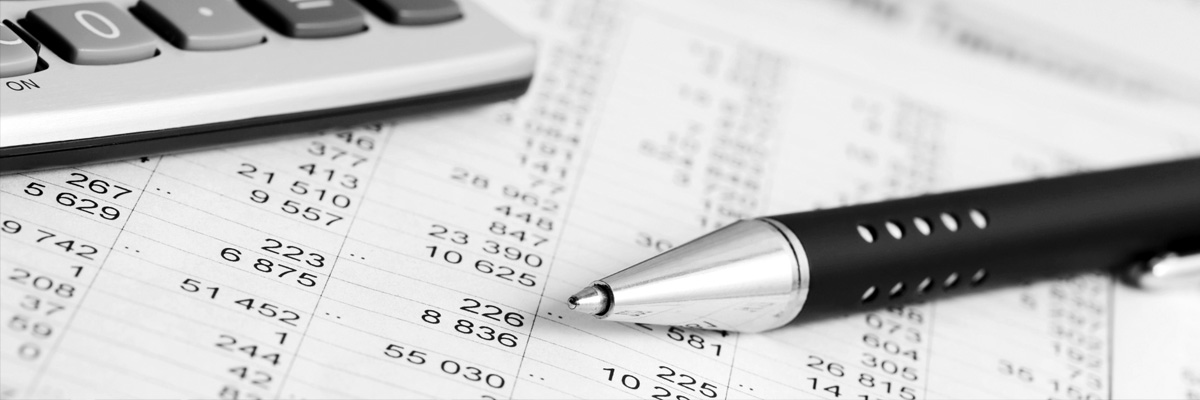THE PUBLIC COMPANY ACCOUNTING OVERSIGHT BOARD AND YOU
Regulation often happens because of some scandal. The ENRON scandal resulted in the enactment of the Sarbanes-Oxley Act in 2002, which in turn led to the establishment of the PCAOB.
Arthur Andersen LLP was the biggest and perhaps most respected public accounting firm in the world. It was also the accounting firm for Enron as well as Worldcom. Arthur Andersen was found criminally liable for obstruction of justice in connection with the Enron investigation and was forced out of the accounting business; although the Supreme Court overturned the conviction, the firm never recovered.
The American Institute of Certified Public Accountants (AICPA) was the trade group that regulated accounting firms, but as a result of Enron and other accounting scandals, the SEC decided that a separate organization be set up under the SEC’s supervision to regulate accountants who submitted financial statements to the SEC.
The PCAOB audits all of the accounting firms which are registered with it, every other year. This is a process in which PCAOB reviewers check to make sure that the PCAOB registered firm has followed auditing procedures. As you could guess, this process costs money, and the costs are passed on to the consumers—the public companies which are audited by PCAOB firms. Audits cost more and more each year.
One key difference between Regulation A+ and an S-1 is that the auditor for the former is not required to be registered with the PCAOB, only the AICPA. So, there are potential cost savings there in going public via A+.



